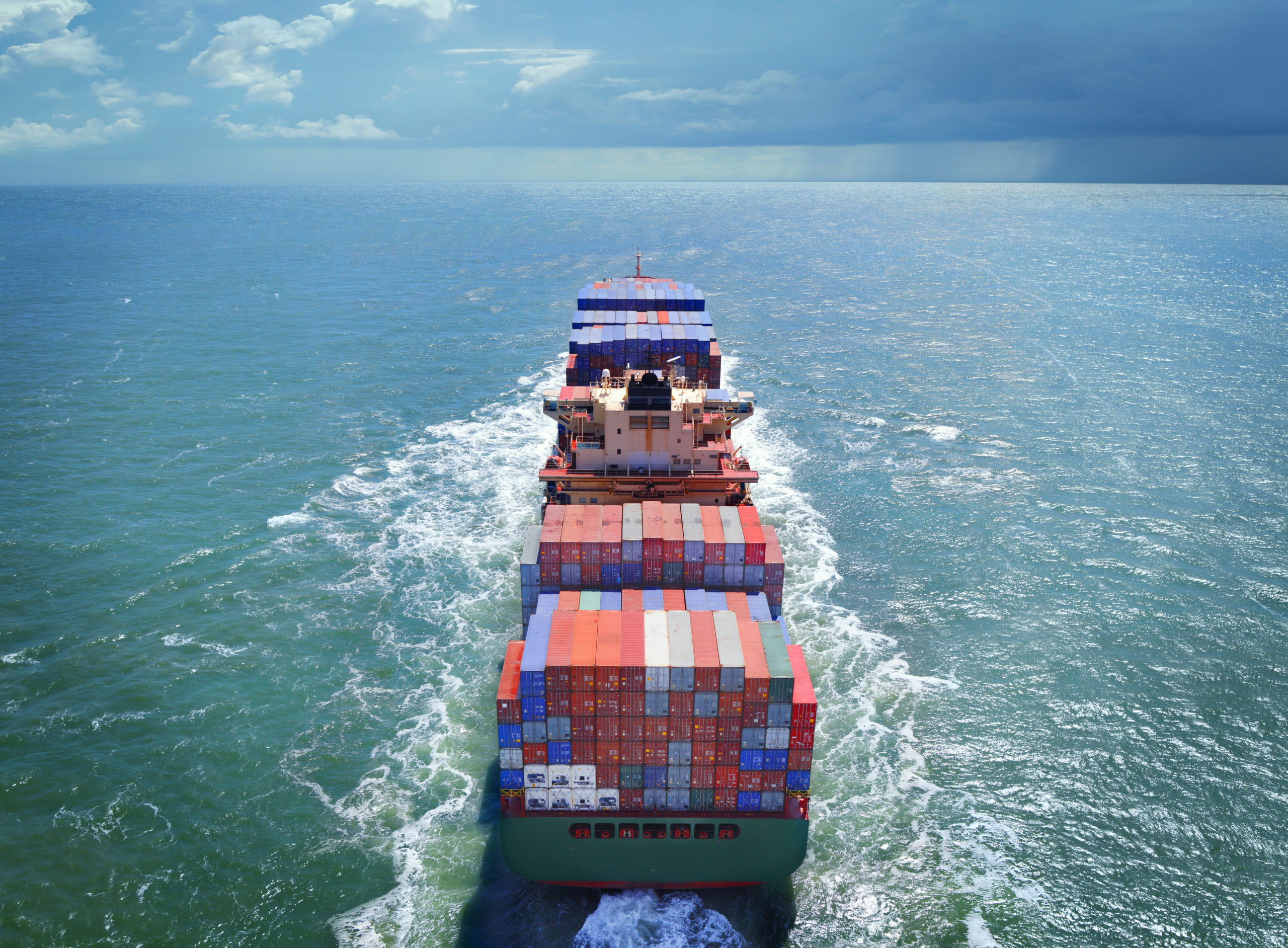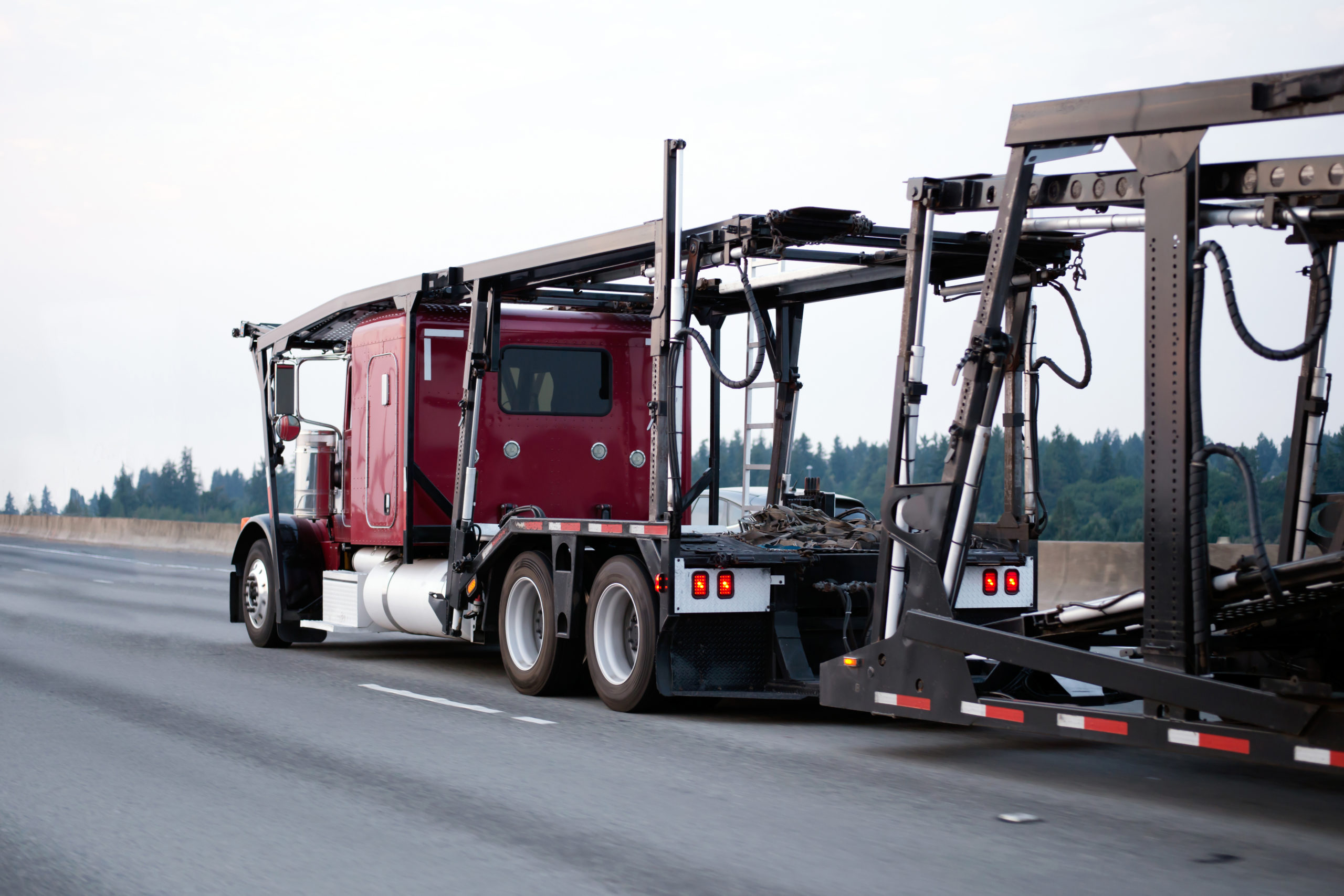How to Ship a Car to and from Canada
Are you getting ready to ship a car from the USA to Canada? This blog post will give you a full overview of what approach you can use to do so. You’ll learn about how vehicles are typically transferred from the USA to Canada as well as what shipping methods and services are offered by providers. In addition to these details, you’ll also discover what factors can affect international car shipping from the USA to Canada.
First Things First: Let’s Talk Documentation
Whether you’re shipping your vehicle from the US to Canada or Canada to the US, you’ll need to have the proper documentation for your vehicle to enter the country. The best way to make sure you have all the necessary documents is to get in touch with a customs’ agent for the country you’re entering into. The customs’ agent will be able to provide you with a full overview of what you’ll need to have your car accepted into the country.
If you’re easily stressed by having to fill out documents, you’ll be happy to know that for a small additional cost, many shipping carriers will fill out the paperwork for you at an additional cost.
Shipping a Car to and from Canada
Whether you are shipping a car from the United States to Canada or vice versa, there are three typical methods for doing so. For direct methods of transport, you can use domestic transport which involves your vehicle being loaded onto a vessel and transported to your destination port, or you can use Cross Border to the US, which involves your vehicle travelling by vehicle, rather than ship. Bond transport, on the other hand, requires a person to ship a vehicle from Canada to the United States, and then from the United States to the vehicle’s final destination. Each method comes with its unique approach for getting your vehicle to its final destination.
Preparing Your Car for Transport
There are several things you need to do to prepare your car for transport. No matter which shipping method you use, you need to take the following steps before shipping your car.
- Have no more than ¼ a tank of gas in your car
- Document the condition of the car
- Remove all important documents and personal belongings
- Only leave items related to your car’s operations (tools and jumper cables)
In addition to preparing your car for shipment, be certain you have all the documents you need to import your car into your destination country, whether Canada or another foreign country.
 Aerial view of freight ship with cargo containers on the sea. See similar photos: : http://www.oc-photo.net/FTP/icons/cargo.jpg
Aerial view of freight ship with cargo containers on the sea. See similar photos: : http://www.oc-photo.net/FTP/icons/cargo.jpg
Ground and Ocean Cost Comparison
To get a full sense of the cost comparison between shipping a car from the US to Canada takes a quick look at the table below. It shows how prices can vary depending on where you’re shipping to and from.
| To/From | Ground | Ocean | Days |
| San Jose, CA to (California port) to Prince Rupert | $200 | $900 | 5+12 |
| New York, NY to (New York port) to Halifax | $275 | $700 | 5+9 |
| Los Angeles to (California port) to Prince Rupert | $350 | $900 | 5+12 |
| Boston, MA to (New York port) to Halifax | $400 | $700 | 5+9 |
| Las Vegas, NV to (California port) to Prince Rupert | $450 | $900 | 5+12 |
| Phoenix, AZ to (California port) to Prince Rupert | $550 | $900 | 6+12 |
| Charlotte, NC to (New York port) to Halifax | $575 | $700 | 6+9 |
| Denver, CO to (California port) to Prince Rupert | $775 | $900 | 7+12 |
| Memphis, TN to (New York port) to Halifax | $800 | $700 | 6+9 |
| Houston, TX to (New York port) to Halifax | $1,075 | $700 | 7+9 |
Data Provided by A1 Auto TransportAs you can see in the table, the price you pay is greatly influenced by how far your car has to travel and whether you are shipping your car via ground or ocean. Cross border shipping allows you to send by ground, whereas in domestic transport and in bond shipping both require your vehicle to be set by vessel.
Domestic Transport
Domestic transport is the better decision if your car needs to be shipped from an area of Canada that is a far distance from its final destination in the United States. Shipping via vessel is oftentimes more expensive than transporting by truck. Choosing domestic transport will also require you to decide if you will send your car using Roll on Roll off (RoRo) shipping or container shipping.
- Roll on Roll off shipping involves your car being loaded onto a ship and transported to its destination port. Your vehicle will be placed onto a designated spot on the ship and secured. It will remain in the same spot on the ship until it arrives at its destination. This shipping method is more economical than container shipping, but it has a drawback. When cars are shipped using the RoRo they can face potential damage from the elements during travel. If you feel you’d prefer to have added protection for your car, then you may want to consider using container shipping.
- Container shipping is just what it sounds like. Your vehicle will be secured inside a container while being transported to its final destination. Choosing container shipping is more expensive, but comes with two different shipping options, one less expensive than the other.
- A shared container or less than load (LCL) container allows you to have your vehicle placed in a container with other vehicles. Since you are sharing the container with other cars, you’re able to divide the cost across the different cars being shipped. The main setback to choosing a shared container is that your container will not ship until it is completely full. Depending on the size of the container your vehicle will share a spot with 3 to 5 other cars.
- A full container load (FCL), on the other hand, allows you to have a container to yourself. An FCL is more expensive than a LCL, but comes with the added bonus of being able to ship some of your personal belongings along with your car.
The shipping method you choose will greatly influence the overall cost you are made to pay when transporting your car between the USA and Canada.
In addition to deciding how you will ship your vehicle, you’ll also need to decide how you will insure your vehicle. Shipping carriers provide different types of insurance in order to provide peace of mind. Depending on the type of car you have, you may want to pay for extra insurance in order to know you won’t have to worry about anything should your vehicle get damaged during shipment.
 A large red powerful big rig car hauler semi truck with an empty two-tiered trailer for transporting cars is moving along the broadband highway to the loading point of cars for transportation
A large red powerful big rig car hauler semi truck with an empty two-tiered trailer for transporting cars is moving along the broadband highway to the loading point of cars for transportation
Terminal to Terminal Transport
The option isn’t always available, but sometimes you may be able to ship your vehicle from terminal to terminal. This method involves your vehicle being picked up at one terminal and dropped off at another. However, this shipping method is less common among shipping carriers.
In Bond Transport
In Bond transport is another method of shipping your vehicle. But, you only need to choose in bond shipping if the United States is not your final destination. The process involves your vehicle being transported from a shipping port in Canada to the United States, and then from the United States to your final destination country. Because your vehicle will be travelling via vessel, you’ll have to make the same shipping choices as if you were using domestic transport.
Cross Border to the US
If you choose to use cross border shipping, your vehicle will be picked up from your chosen location, and then driven across the border to its final location. The price you pay for having your vehicle cross the border will mostly be determined by the distance the driver has to travel from the vehicle’s pickup location and drop off location. However, in addition to the amount charged to pick up and drop off your car, the shipping carrier you choose will also bill you for the following items.
- Fuel
- Taxes
- Tolls
- Insurance
- Documentation
Because of these different factors, you should get an estimate for both domestic transport and cross border transport. You may find that in certain instances domestic transport is much less expensive than cross border transport.
Open and Enclosed Shipping
When you ship your car across the border, you’ll need to decide to send your car one of two ways. Open or Enclosed. Open shipping is more economical than Enclosed shipping, but enclosed shipping provides greater safety.
- Open shipping involves your car being placed on a rack on the back of a truck.The truck is then driven to its final destination along with all the other cars on the rack. The drawback to open shipping is that your car is vulnerable to the weather.
- Enclosed shipping involves your car being placed on a rack inside an enclosure attached to the truck. The enclosure provides added safety to your vehicle by protecting it from the weather.
Import Duties, Regulatory Fees, and Gas Prices
When you ship a car you’ll need to be ready for the additional costs that you may incur.
If you’re shipping from one country to the next, you’ll need to be prepared to pay import duties. When your vehicle enters the country, your car will pay duties and fees based on the vehicle’s age, make, and model.
The price you pay to ship your car will be affected by gas prices. If gas prices are fluctuating you may want to wait to ship until prices have been regulated.
Conclusion
After reading this post you’ve learned about the different methods you can use when you’re shipping a car from Canada to the US, the US to Canada, or Canada to the US to another foreign country. You’ve learned why you need to have proper documentation when shipping your car as well as what methods you can use to get your vehicle from one location to the next. You’ve also learned about estimating costs, what can go wrong during shipment, and why it’s important for you to get insurance when shipping your car between countries.